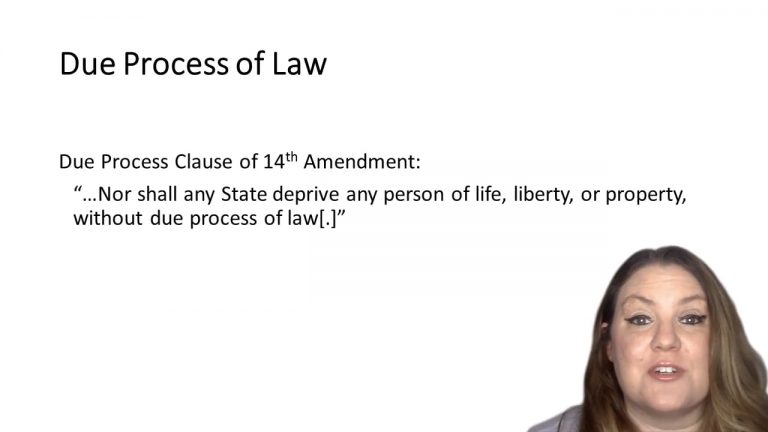SmartBrief
Confirm favorite deletion?
Criminal Procedure Keyed to Ohlin
Dickerson v. United States
Citation:
530 U.S. 428 (2000)Facts
In Miranda v. Arizona, the court held that certain warnings must be given before a suspect’s statement made during custodial interrogation could be admitted in evidence. In the wake of that decision, Congress enacted 18 U.S.C. 3501, which laid down a rule that the admissibility of such statements should turn only on whether or not they were voluntarily made. Petitioner Dickerson was indicted for bank robbery, conspiracy to commit bank robbery, and using a firearm in the course of committing a crime of violence, all in violation of the application provisions of Title 18 of the United States Code. Before trial, Dickerson moved to suppress a statement he had made at a Federal Bureau of Investigation field office, on the grounds that he had not received Miranda warnings before being interrogated.
Only StudyBuddy Pro offers the complete Case Brief Anatomy*
Access the most important case brief elements for optimal case understanding.
*Case Brief Anatomy includes: Brief Prologue, Complete Case Brief, Brief Epilogue
- The Brief Prologue provides necessary case brief introductory information and includes:
Topic:
Identifies the topic of law and where this case fits within your course outline.Parties:
Identifies the cast of characters involved in the case.Procedural Posture & History:
Shares the case history with how lower courts have ruled on the matter.Case Key Terms, Acts, Doctrines, etc.:
A case specific Legal Term Dictionary.Case Doctrines, Acts, Statutes, Amendments and Treatises:
Identifies and Defines Legal Authority used in this case.
- The Case Brief is the complete case summarized and authored in the traditional Law School I.R.A.C. format. The Pro case brief includes:
Brief Facts:
A Synopsis of the Facts of the case.Rule of Law:
Identifies the Legal Principle the Court used in deciding the case.Facts:
What are the factual circumstances that gave rise to the civil or criminal case? What is the relationship of the Parties that are involved in the case.Issue(s):
Lists the Questions of Law that are raised by the Facts of the case.Holding:
Shares the Court's answer to the legal questions raised in the issue.Concurring / Dissenting Opinions:
Includes valuable concurring or dissenting opinions and their key points.Reasoning and Analysis:
Identifies the chain of argument(s) which led the judges to rule as they did.
- The Brief Prologue closes the case brief with important forward-looking discussion and includes:
Policy:
Identifies the Policy if any that has been established by the case.Court Direction:
Shares where the Court went from here for this case.
Topic Resources
Topic Outline
Topic Refresher Course
Topic Charts & Notes 

 6m 59s
6m 59s 2m 6s
2m 6s